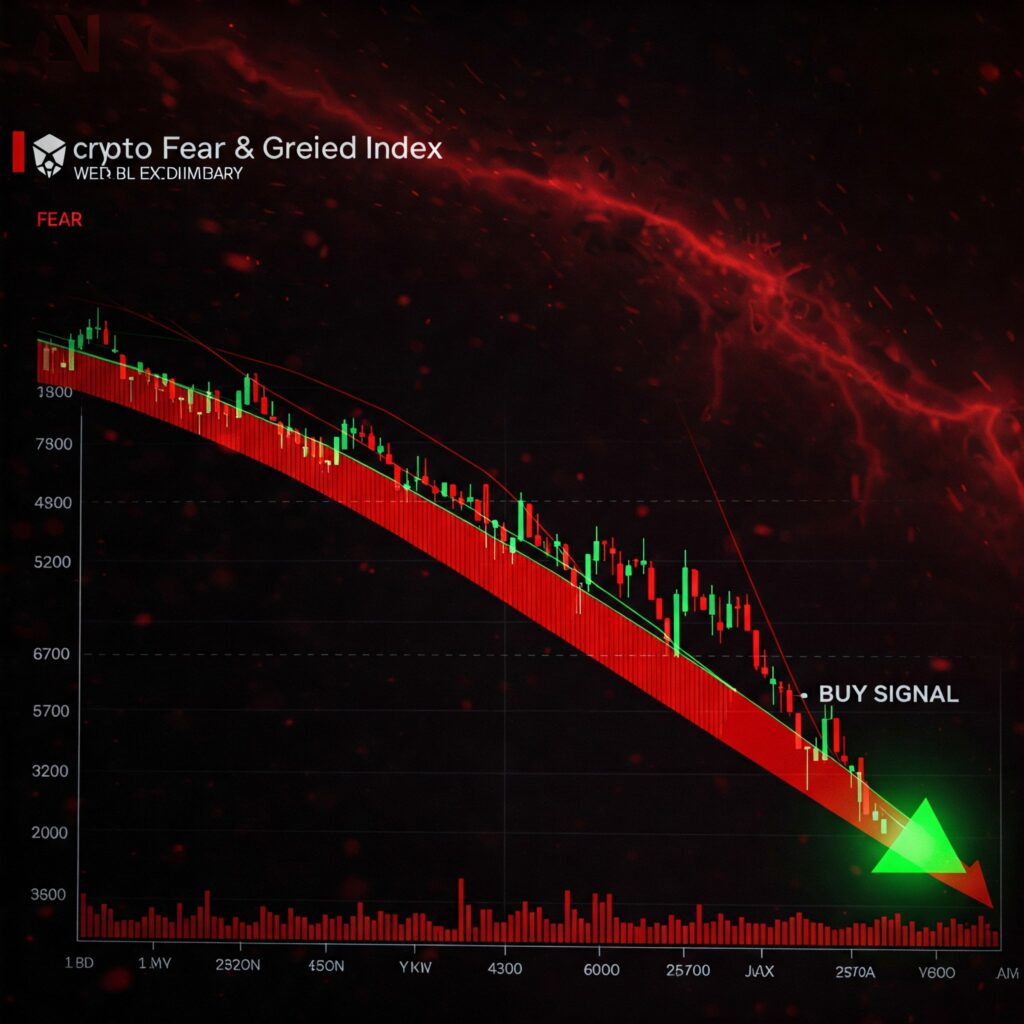
For the first time since October, Bitcoin (BTC) traders are showing signs of fear, according to the Crypto Fear & Greed Index. Historically, extreme fear in the market has often preceded significant buying opportunities. Could this be a signal for investors to step in? Here’s a breakdown of what’s happening and what it could mean for Bitcoin’s future.
Understanding the Fear & Greed Index
The Crypto Fear & Greed Index measures market sentiment on a scale from 0 (extreme fear) to 100 (extreme greed). Recently, the index has dipped into “fear” territory, reflecting heightened uncertainty among traders. This shift comes after months of bullish sentiment driven by institutional adoption and macroeconomic factors.
Why Traders Are Fearful
- Market Volatility:
Bitcoin’s price has been highly volatile, with sharp declines and rapid recoveries creating uncertainty. - Regulatory Concerns:
Ongoing regulatory scrutiny, particularly in the U.S. and Europe, has dampened investor confidence. - Macroeconomic Pressures:
Rising inflation, interest rate hikes, and geopolitical tensions have contributed to a risk-off environment, impacting Bitcoin and other risk assets. - Technical Weakness:
BTC has struggled to hold key support levels, leading to concerns about further downside.
Historical Context: Fear as a Buying Signal
Historically, periods of extreme fear have often marked local bottoms for Bitcoin. For example:
- In October 2023, the Fear & Greed Index hit “extreme fear” levels, followed by a significant rally.
- Similar patterns were observed during major market cycles in 2018 and 2020, where fear-driven sell-offs preceded substantial recoveries.
Key Indicators to Watch
- On-Chain Metrics:
- Whale Activity: Large Bitcoin holders accumulating during dips could signal confidence in a rebound.
- Exchange Flows: A decrease in BTC moving to exchanges may indicate reduced selling pressure.
- Technical Levels:
- Support Zones: Key levels like 60,000and60,000and55,000 will be critical for Bitcoin’s short-term direction.
- RSI Indicator: The Relative Strength Index (RSI) nearing oversold territory could suggest a potential reversal.
- Market Sentiment:
A shift from fear to neutrality or greed could indicate renewed buying interest.

What’s Next for Bitcoin?
While fear dominates the market, some analysts see this as a contrarian buying opportunity. If Bitcoin can stabilize and regain key support levels, it could pave the way for a recovery. However, continued macroeconomic and regulatory challenges could prolong the uncertainty.
Tips for Investors
- Stay Calm: Avoid making emotional decisions during periods of fear. Stick to your investment strategy.
- Dollar-Cost Average (DCA): Consider gradual investments to mitigate the impact of volatility.
- Monitor Key Levels: Watch support and resistance levels to identify potential entry points.
- Diversify: Spread your investments across different assets to reduce risk.
Conclusion
Bitcoin traders’ fear could be a buying signal for savvy investors, but caution is advised. The crypto market remains highly unpredictable, and external factors like regulation and macroeconomic trends will play a significant role in shaping Bitcoin’s trajectory. As always, thorough research and a long-term perspective are key to navigating these turbulent waters.





